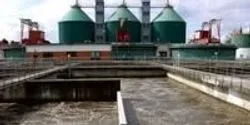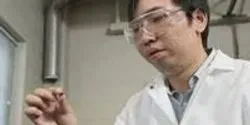catalysts

A research group at Umeå University has managed to capture and describe a protein structure that, until now, has been impossible to study. The discovery lays the base for developing designed enzymes as catalysts to new chemical reactions for instance in biotechnological applications. The result of the study is published in the journal Nature Communications.

Catalysts created by Carnegie Mellon University chemist Terrence J. Collins effectively and safely remove a potent and dangerous endocrine disruptor from wastewater.

The whistle blows and the big game begins on TV. You watch the punted football sail over the field and into the arms of the opposing team—then the feed abruptly cuts out. The information blackout is apparently universal, with no coverage online or on the radio. Hours later, the signal returns and you learn that your beloved home team pulled off a stunning, come-from-behind victory. But here’s the kicker: there’s no way to find out the play-by-play. Did the quarterback’s last-second Hail-Mary pass decide the game, or was it a devastating interception returned for a touchdown?

Hydrogen is a “green” fuel that burns cleanly and can generate electricity via fuel cells. One way to sustainably produce hydrogen is by splitting water molecules using the renewable power of sunlight, but scientists are still learning how to control and optimize this reaction with catalysts.















